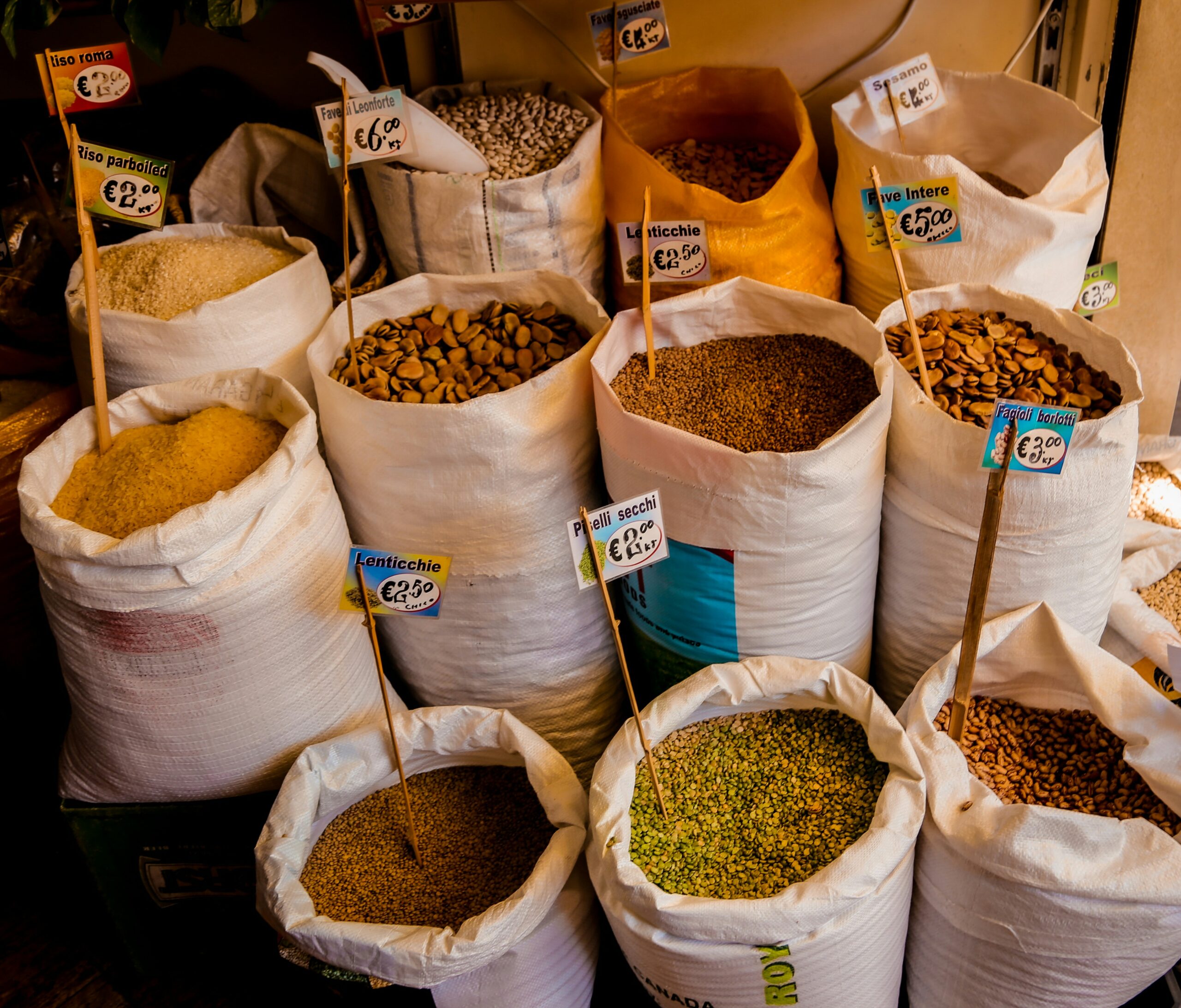Comfort Food Classics: What Makes These Dishes Irresistibly Nostalgic?
When the rain taps softly on the window and the world outside feels just a tad too heavy, we often find ourselves drawn to certain dishes—those warm, hearty meals that seem to wrap around us like a favorite old sweater. Comfort food, they call it. But what exactly makes these culinary delights so irresistibly nostalgic? Is it the flavors, the memories, or perhaps a little bit of both?
The Essence of Comfort Food
Comfort food is often defined as simple, familiar dishes that evoke a sense of well-being. According to the culinary experts, these foods are typically high in carbohydrates and fats (think mac and cheese and mashed potatoes), which can trigger the release of serotonin—our feel-good hormone. But, science aside, comfort food is deeply personal. For some, a bowl of chicken noodle soup stirs memories of a sick day spent at home, while others might feel a surge of warmth from a slice of grandma’s apple pie. It’s fascinating how a single bite can transport us back in time.
Generational Ties
Take a moment to consider your own experiences—what dishes pop into your mind? For me, it’s my mother’s lasagna. Layers of pasta, rich meat sauce, and gooey cheese, baked to golden perfection. Every Sunday, the aroma would fill our home, calling everyone to the table like a siren song. Studies suggest that the rituals surrounding food play a significant role in bonding families together. Meals are not just about sustenance; they are a way to connect, share stories, and create lasting memories.
Regional Variations: A Taste of Home
Comfort food varies dramatically from region to region, reflecting local ingredients, culture, and traditions. In the South, you might find fried chicken served with biscuits and gravy. In New England, clam chowder warms the soul on chilly days. What’s truly heartwarming, however, is how these foods evoke a sense of home, no matter where you are from.
- Southern Comfort: Fried chicken, collard greens, and cornbread.
- Midwestern Heartland: Meatloaf, tater tots, and casseroles.
- New England Classics: Clam chowder and pot roast.
- Tex-Mex Delight: Enchiladas and chili con carne.
These dishes do more than just fill our stomachs; they hold stories. I remember visiting my aunt in Nashville, where she made a mean fried chicken. Each bite was a crunchy, savory reminder of family gatherings and laughter. It’s as if the food itself became a character in our shared narrative.
The Role of Tradition
Tradition plays a pivotal role in comfort food. Many recipes are passed down through generations, often with a family twist. For instance, have you ever noticed how everyone claims their grandmother’s recipe for chocolate chip cookies is the best? It’s a universal truth—each batch comes with a sprinkle of love and a dash of nostalgia. This is where comfort food becomes a vessel for culture and heritage.
Psychological Comfort: More Than Just Food
From a psychological standpoint, comfort food serves as a coping mechanism. When life feels tumultuous, we often turn to these familiar dishes for solace. Food psychologist Dr. Linda Carlsen notes that comfort food can serve as a form of emotional regulation. In times of stress, reaching for a bowl of ice cream or a slice of pizza can bring a temporary sense of calm. Of course, this might not be the healthiest coping strategy, but it’s certainly a relatable one.
There’s something undeniably soothing about the ritual of preparing and enjoying comfort food. It’s a way to reclaim a sense of control when everything else feels chaotic. As I sit down with a bowl of warm chili during a particularly stormy evening, I can’t help but feel a sense of peace wash over me—like a warm hug from the inside out.
The Science of Nostalgia
Interestingly, nostalgia itself has been shown to have psychological benefits. Research suggests that nostalgic memories can improve mood and increase feelings of connectedness. When we think of comfort food, we often think of the people we shared it with, the laughter, and the love that accompanied those meals. It’s a cycle: the food brings back the memories, and the memories enhance our enjoyment of the food.
Food and Memory Connections
Have you ever caught a whiff of something cooking and been instantly transported back to your childhood? Perhaps it was the scent of freshly baked bread from the neighbor’s oven or the rich aroma of your father’s famous chili simmering on a Sunday afternoon. These sensory triggers can awaken vivid memories, reinforcing the connection between food and nostalgia.
According to Dr. John M. Grohol, a psychologist and founder of Psych Central, smells are particularly potent memory triggers because they are directly linked to the brain’s limbic system, the emotional center. This could explain why a simple dish of spaghetti can evoke feelings of warmth and safety, as it may remind one of family dinners where everyone gathered around the table, sharing stories and laughter.
Modern Takes on Comfort Food
In today’s culinary landscape, comfort food continues to evolve. Chefs and home cooks alike are reimagining classic dishes, often with a modern twist. Take, for instance, the rise of gourmet mac and cheese. It’s no longer just elbow pasta with a packet of powdered cheese. Now, you can find versions loaded with truffle oil, lobster, or even a spicy jalapeño kick. While the essence of comfort remains, the creativity is what keeps it fresh and exciting.
Similarly, many people are turning to plant-based versions of their favorite comfort foods. Vegan mac and cheese, made with cashew cream and nutritional yeast, offers a healthier alternative without sacrificing that creamy texture. It’s a reminder that comfort food can adapt to fit our changing lifestyles while still holding onto that nostalgic essence.
Comfort Food as a Social Experience
Sharing comfort food can be an experience in itself. Think about potlucks, where everyone brings their favorite dish to share. There’s something about passing around a bowl of creamy potato salad or a tray of brownies that fosters connection. As we share these meals, we are also sharing pieces of ourselves—our heritage, our memories, and our love.
In this digital age, many people are also turning to social media to showcase their comfort food creations. Instagram feeds filled with mouthwatering images of homemade lasagna, steamy bowls of ramen, or decadent chocolate cake can spark nostalgia and inspire others to recreate those cherished dishes. It’s a beautiful cycle of sharing and discovering, binding us together through our love of food.
The Future of Comfort Food
As we look to the future, comfort food will undoubtedly continue to evolve. With the increasing focus on health and wellness, we might see more adaptations that prioritize nutrition while still delivering that nostalgic punch. Who knows? Maybe in a few years, we’ll be reminiscing about how quinoa and kale became the new mac and cheese!
Conclusion: A Culinary Embrace
In the end, comfort food is more than just a meal; it’s a comforting embrace from our past. Whether it’s a steaming bowl of chicken soup, a slice of chocolate cake, or even a simple peanut butter and jelly sandwich, these dishes carry the weight of our memories, our traditions, and our connections to those we love.
As we navigate the complexities of life, it’s reassuring to know that we can always return to these familiar dishes. They remind us of home, of family, and of the simple joys that make life a little sweeter. So, the next time you find yourself reaching for a bowl of your favorite comfort food, take a moment to savor not just the taste, but the memories it brings. After all, in the grand tapestry of life, comfort food is the thread that weaves us together.




